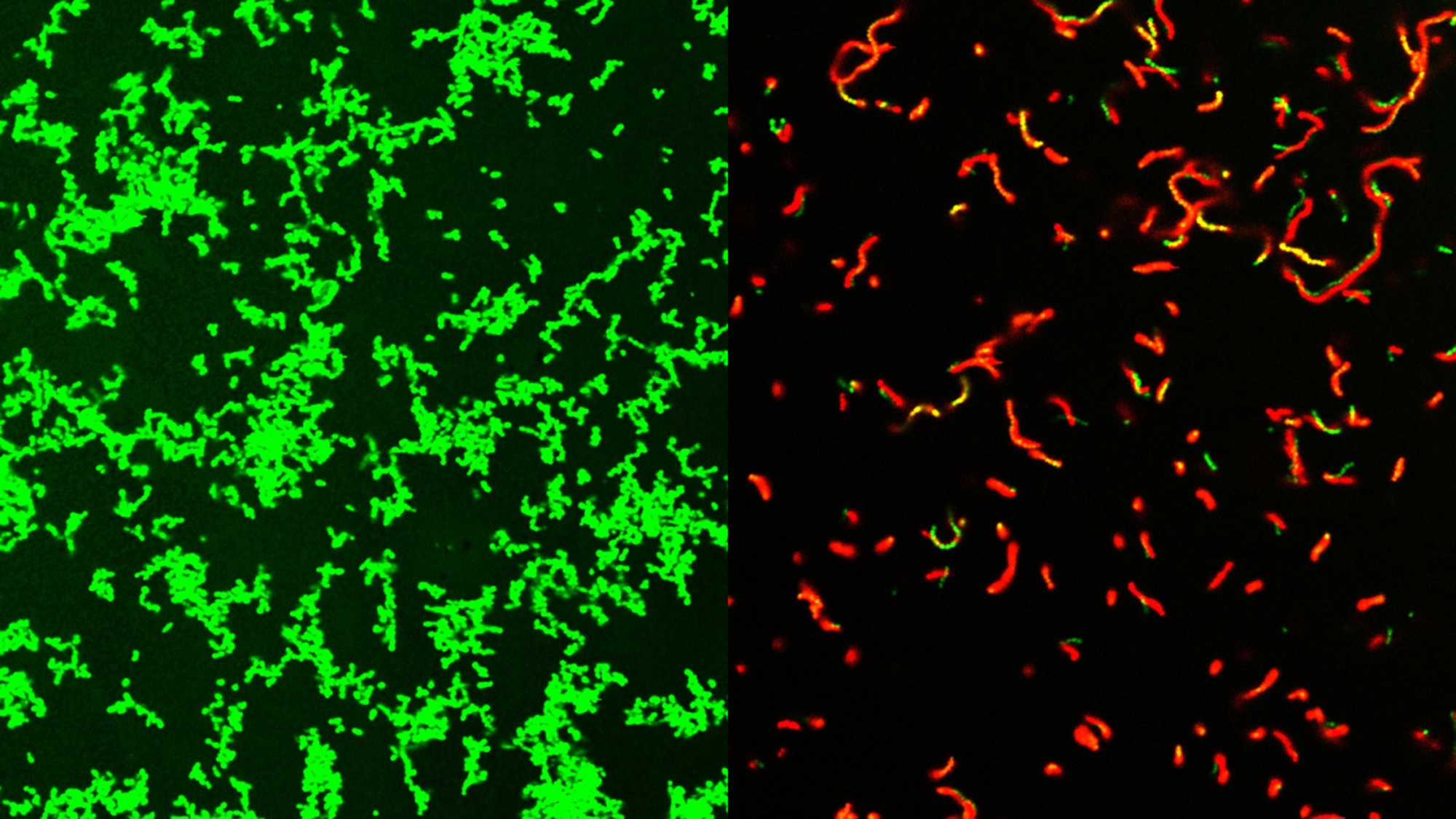An international team of scientists has developed a new family of compounds that can eliminate bacterial infections in mice. Some of these drugs can result in severe “carnivorous” diseases. There are approximately 700 to 1,100 cases of foodborne illness each year in the United States. The new family of compounds may also represent the beginning of a new class of antibiotics and are described in a study published on August 2 in the journal. Advances in Science.
Growing resistance
For decades, doctors have been bemoaning the growing resistance of existing drugs. This makes them even more dangerous and according to the Centers for Disease Control and Prevention (CDC), more than 2.8 million antibiotic-resistant infections occur in the US each year. More than 35,000 people die from these diseases. To combat this, new antimicrobial compounds will be needed to replace the ones bacteria are already using.
Molecular biologists Scott Hultgren and Michael Caparon from Washington University School of Medicine in St. Louis and chemist Fredrik Almqvist of Umeå University in Sweden collaborated on this new family of compounds called GmPcides.
[Related: These flesh-eating bacteria are finding new beaches to call home.]
GmPcides work by targeting gram-positive bacteria. These types of bacteria can cause a variety of drug-resistant staph infections, toxic shock syndrome, and other bacterial infections that can be fatal.
All the gram-positive bacteria that we tested were susceptible to that compound. These include streptococci, staphylococci, enterococci, It’s difficultwhich are the main types of pathogenic bacteria,” Caparon said in a statement. “The compounds have broad activity against many bacteria.”
A ‘happy accident’
GmPcide’s new compounds are based on a type of molecule called ring-fused 2-pyridone that is made by what the group calls an exciting risk. Caparon and Hultgren had asked Almqvist to develop a chemical compound that would prevent bacterial films from forming on urethral catheters. These are a common cause of urinary tract infections in hospital settings.
The resulting mixture also had anti-infective properties against many types of bacteria. Some of their earlier research has shown that GmPcides can kill strains of bacteria in petri dish experiments.
In this new study, they took the petri dish experiments one step further by testing how well the compounds work to suppress the infection of soft tissue. These infections often spread rapidly and involve many types of gram-positive bacteria. Necrotizing fasciitis—or flesh-eating disease—is the most common of these diseases. It can destroy cells so quickly that amputations are often necessary to control its spread. About 20 percent of patients with eating disorders die.
The group focused on one pathogen responsible for nearly 500,000 illnesses each year—Streptococcus pyogenes. A group of mice were infected S. pyogenes. One group was treated with GmPcide, while the other was not. Those who received the GmPcide treatment outperformed the untreated mice in nearly every metric. They lost weight, developed fewer ulcers, and fought infections faster. Damaged areas of skin also appeared to heal quickly after infection.
Although it is not yet fully clear how GmPcides did all this, microscopic analysis showed that the treatment has a significant effect on bacterial cells. These are the outer envelope of germs.
[Related: ‘Bacterial glitter’ shimmers without pigments.]
“One of the functions of the membrane is to exclude foreign substances,” said Caparon. “We know that within five to ten minutes of treatment with GmPcide, the membrane begins to penetrate and allows substances that should normally be excluded to enter the bacteria, which provides with the feeling that the membrane is damaged.”
This can alter the function of the bacteria, including actions that destroy the host and make the bacteria less effective in suppressing the immune system against infection.
GmPcides may also be less likely to lead to drug-resistant strains. Experiments designed to create resistant bacteria have found that very few cells are able to withstand the treatment. This means that they have no chance of passing their benefits on to the next generation of bacteria.
The way forward
According to Caparon, there are still many steps before GmPcides will be available at your local pharmacy. The group owns the patent for the computer used and has licensed it to QureTech Bio, a company in which Caparon, Hultgren and Almqvist have a stake. clinical trials to bring it to market.
According to the team, the type of collaborative technology that created GmPcides will be needed to treat problems such as antimicrobial resistance.
“Infections with viruses of all kinds are an important health problem, and they are increasingly resistant to many drugs and therefore difficult to treat,” Hultgren said in a statement. “Interdisciplinary science facilitates the integration of different fields of study that can lead to new ideas that have the potential to help patients.”
#Effective #bacteria #flesheating #disease




